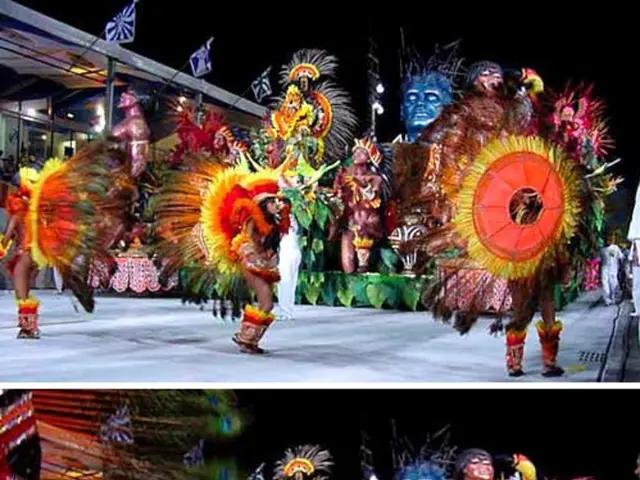Indian Classical Drama Theories and Practices Study Materials Available Freely for Undergraduate and Postgraduate Courses
In the rich tapestry of Indian culture, the Natya Shastra stands as a beacon of knowledge, serving as the foundational text for classical Indian drama and dance. Authored by the sage Bharata, this ancient work offers a comprehensive guide to the theory and practice of performance art.
The Natya Shastra lays down rules for dramatic composition, from the construction of plays to the design of the stage. It also delves into the intricacies of dance and movement, defining various poses and movements that form the technical basis for classical Indian dance forms like Bharatanatyam and Sattriya.
One of the most significant contributions of the Natya Shastra is its elaboration on abhinaya, the art of expression. This encompasses gestures, facial expressions, and body language, all of which are used to convey emotions and narratives effectively. The text also introduces the concept of Rasa, the aesthetic experience or emotional mood evoked in the audience. It identifies nine primary rasas, including love, anger, and heroism, which performers embody to engage viewers deeply.
The Natya Shastra also integrates musical rhythm, melody, and theatrical elements harmoniously for a holistic performance. This harmonious blend of music and stagecraft is a testament to the text's forward-thinking approach.
The influence of the Natya Shastra on classical Indian drama and dance is profound. It guides the training of performers in posture, gesture, and emotional expression, and has been instrumental in the elaboration of distinct classical dance styles. The techniques and symbolic repertoire of these dance forms directly trace back to the descriptions in the Natya Shastra.
The Natya Shastra's concepts have also sustained the cultural and spiritual aspects of performance art. Using symbolic gestures, performers communicate mythological and emotional themes, serving both entertainment and devotional purposes. The text's influence extends beyond India, impacting traditional Thai dance forms, among others.
In essence, the Natya Shastra remains the authoritative manual on classical Indian theatre and dance. Its aesthetic values, techniques, training, and spiritual significance continue to shape these art forms for millennia. From the slow-paced movements of Kutiyattam and Kathakali to the elaborate dialogue delivery of Koodiyattam and the dramatic reenactments of Nautanki and Ramlila, the Natya Shastra's influence is evident in every performance.
[1] Bharatanatyam [2] Sattriya [3] Rasa Theory [4] Traditional Thai dance forms [5] Classical Indian theatre and dance
- The Natya Shastra, a foundational text in classical Indian drama and dance, offers detailed guidelines for dance forms such as Bharatanatyam and Sattriya.
- The Rasa Theory, which forms a significant part of the Natya Shastra, identifies nine primary emotions that performers embody to elicit an emotional response from the audience.
- The influence of the Natya Shastra transcends Indian borders, shaping traditional Thai dance forms and contributing to the evolution of classical Indian theatre and dance.




